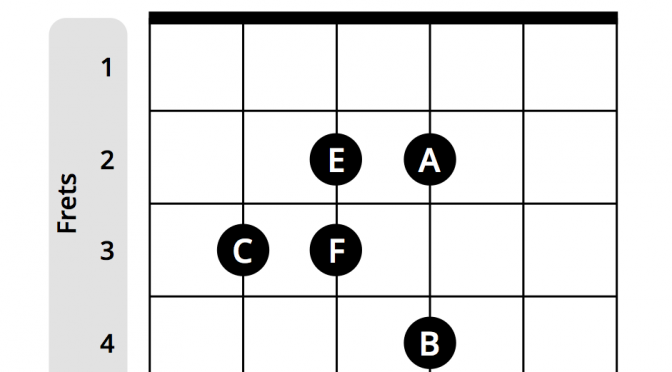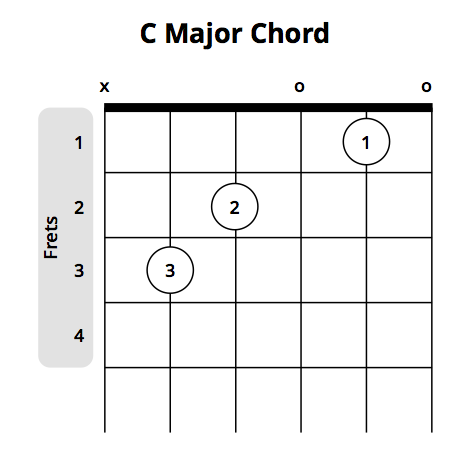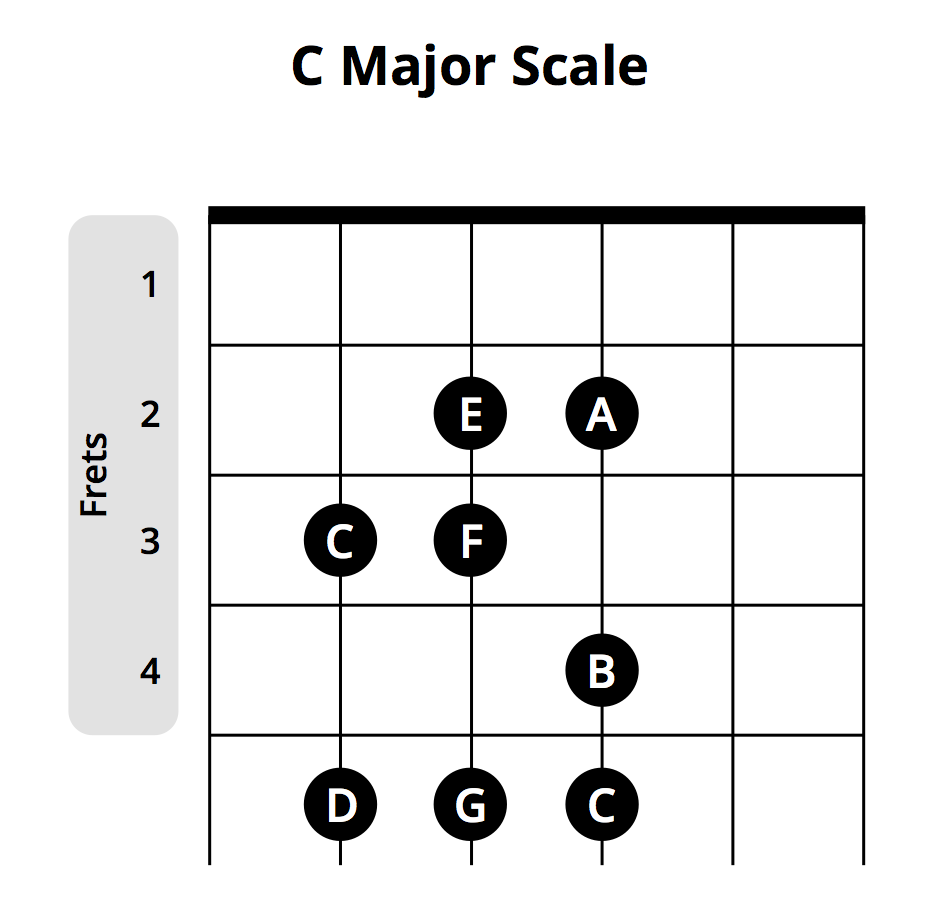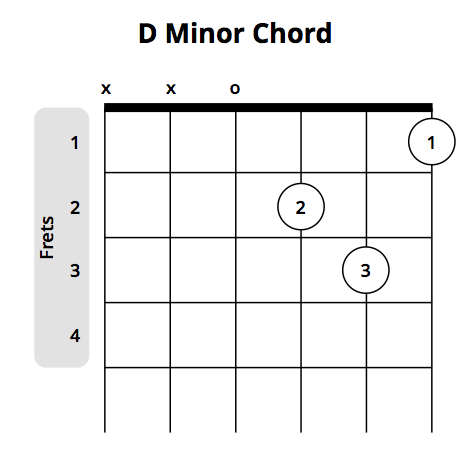
This post is part of a wider collection of articles, which will be published on the Pro Music Tutor blog in the coming weeks. This series is based on the excellent collection of educational blogs available at MusicianTuts.com. Pro Music Tutor would like to thank Cody at Musician Tuts for allowing us to collaborate with him and to use his work as the basis for this series.
All images used in this post are courtesy of Musician Tuts.
What is a Guitar Chord?
Chords are the basis of so many songs and individual riffs. Some bands, most notably British rock legends Status Quo, manage to make a career and become a global success using just a handful of chords.
Playing simple chords is also one of the first things you’ll look at when learning to play guitar. But what are guitar chords?
Defining Guitar Chords
According to the Wikipedia definition:
“In music, a guitar chord is a set of notes played on a guitar. A chord’s notes are often played simultaneously, but they can be played sequentially in an arpeggio. The implementation of guitar chords depends on the guitar tuning.”
Read Wikipedia’s full resource on guitar chords here.
Wikipedia’s summary is technically correct, yet is very basic.
To expand on this, a guitar chord comprises three (or more) notes played together at the same time.
The C chord, as one example, is made up of the notes C, E, and G.
 In the above image, your third finger would be creating the C note, and the second finger the E note. The G note comes from the open note you play on the fourth string.
In the above image, your third finger would be creating the C note, and the second finger the E note. The G note comes from the open note you play on the fourth string.
Why is it Called the C Chord?
This is called the C chord due to the C note being the lowest note in the chord.
To help us look at chords in more detail we’re going to look at how these are made. Sticking with the C chord, look at the visual of the C Major scale below.
Starting from the C note on the third fret, the scale goes: C – D – E – F – G – A – B – C.
We play chords such as C Major by taking the first scale note – you may have seen this called or call this the root note – skipping the next, taking the next, skipping the next, and taking the next. Therefore, within the C Major scale, the C chord takes the notes in bold (C, E, G): C – D – E – F – G – A – B – C.
You can use this “use one, skip one” method beginning at any note within the scale to form chords. So, if you start at the D note within the C Major scale you will get: C – D – E – F – G – A – B – C which is a D Minor (D, F, A).
The visual of the D Minor chord is below for your reference and understanding.
Using every second note in a scale to get three notes is how many popular chords are created.
The next post of this series looking at guitar chords will look at Barre Chords.
Check out the original Beginner Guitar Chords post at Musician Tuts.
Are you a guitarist? Check out our full range of online guitar lessonsAre you a saxophonist? Check out our full range of online saxophone lessons
Subscribe to Pro Music Tutor from as little as £7.99 per month
Related Posts
-
The Benefits of Online Music Education
Learning music has never been easier, since the internet and modern technological advancements have opened the doors to countless possibilities, expanding the subjects people can choose from and how the lessons are taught. Now, people can study a whole host of music-related topics; from learning to play guitar or DJing, to understanding the inner workings […]
View All >> -
Essential Jazz Guitar Scales that are Easy to Learn
Improvising in jazz requires the ability to play in different keys over different chords. Results certainly do not come overnight, but with diligent practice, you would be surprised by what you can achieve. Many people ask me about what scales I use as if they were some big secret. While knowing your scales is very […]
View All >>
Latest Blog Entries
-
The Benefits of Online Music Education
Learning music has never been easier, since the internet and modern technological advancements have opened the doors to countless possibilities, expanding the subjects people can choose from and how the lessons are taught. Now, people can study a whole host of music-related topics; from learning to play guitar or DJing, to understanding the inner workings […]
View All >> -
Essential Jazz Guitar Scales that are Easy to Learn
Improvising in jazz requires the ability to play in different keys over different chords. Results certainly do not come overnight, but with diligent practice, you would be surprised by what you can achieve. Many people ask me about what scales I use as if they were some big secret. While knowing your scales is very […]
View All >>
Blog Categories
- Categories
- Guitar Tips (93)
- History (36)
- How-To (38)
- Interviews (3)
- Music Industry (121)
- Prolinks Guitar (2)
- Prolinks Lessons (3)
- Prolinks Tutor's Profile (1)
- Saxophone Tips (40)
- Uncategorized (6)
Tags
Archive
- November 2018 (1)
- February 2018 (1)
- December 2017 (1)
- November 2017 (1)
- October 2017 (1)
- July 2017 (4)
- May 2017 (2)
- April 2017 (1)
- August 2016 (2)
- July 2016 (1)
- June 2016 (2)
- May 2016 (3)



